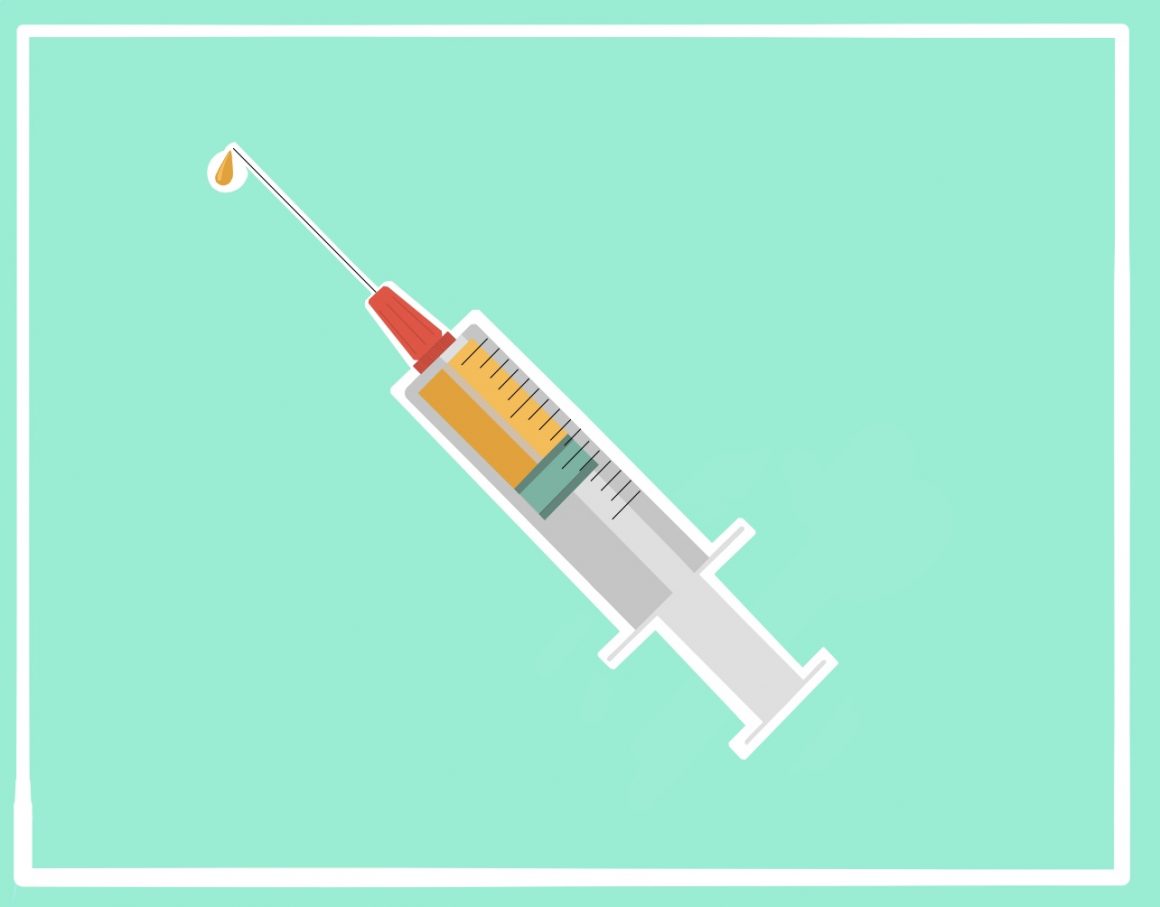
How should we distribute the COVID-19 vaccine?
By Lauren Peebles, December 4 2020—
A COVID-19 vaccine is on the horizon. Companies such as Merck, AstraZeneca and Pfizer have vaccines waiting to ship out upon the Food and Drug Administration’s (FDA) approval. However, one question has been raised over and over again regarding the COVID-19 vaccine — How does one go about distributing the vaccine to the world at large?
The first issue to address is priority. Seven billion vaccines will not be available to everyone upon FDA approval. The World Health Organization (WHO) and COVID-19 Vaccines Global Access (COVAX) both indicate that only 20 percent of the population of each country would be able to receive the vaccine at this time. Assuming that each country’s government is able to prioritize who receives the vaccine, the question then becomes how it will be distributed.
I hold that the leader in precise package delivery should be contracted to distribute the vaccine to the world — the infamous giant, Amazon. Amazon delivers to over 120 countries and contracts out to local subsidiaries in countries to which it does not directly deliver. After standardizing two-day shipping, Amazon has shown they are the leaders in getting millions of packages to places quickly and accurately.
The United States (US) and President Donald Trump have proposed using the US Military to deliver the vaccine to selected Americans. This could be an especially useful task for one of the world’s largest militaries. With roughly 1.4 million active military personnel, it is possible that the US could vaccinate its population quickly and effectively.
Despite the advantages to using a large, mobilized force to deliver a vaccine, the substantive issue is getting the vaccine — and not 1.4 million people — to all remote spots of the delivery area. This is the competitive advantage of using a highly effective package delivery service instead of a governmental body that is not designed for this purpose.
Amazon currently has roughly 300,000 American employees who selected, distributed and shipped over 400 million packages in July 2020 alone. Despite the many substantive issues and ethical problems with the Amazon business model, it leads the world in expedient package delivery. Combining Amazon’s highly effective processing and shipping model with the delivery systems of FedEx, UPS and the United States Postal Service (USPS), all selected vaccine candidates could be reached within two weeks.
Another question to address is administration: who is going to give this vaccine to selected individuals? Health care professionals could partner with companies such as Amazon to deliver the vaccine quickly and effectively. Arguably, the US’s health care system lends itself very well to this type of partnership. Ingenious innovation is often one of the hallmarks of the American workforce — the combining the delivery and administration aspects of the COVID-19 vaccine could catapult the U.S. to the forefront of a new health care delivery mechanism.
The combined delivery and administration style would require nurses, phlebotomists and other health care professionals to join parcel delivery service drivers. In this fashion, people could be vaccinated in their own homes. This would vastly reduce the contact people would have with others. This would also ensure that people who reside in places without large distribution centers would not have to travel extended distances to get vaccinated. While this method may require more logistical oversight, it is more accessible to people, safer for communities at large, arguably faster and more effective in targeting specific people to get vaccinated.
While using this model would ensure that everyone who was selected would get vaccinated, it does not address everyone who has not been selected to be vaccinated. At this time, production, not distribution, is the limiting factor on enabling everyone who wants a vaccine to receive one. In addition, many health organizations have not specified the individual cost of the vaccine. Regardless of production and distribution, this may remain the greatest barrier to vaccinating the world’s population against COVID-19.
This article is part of our Opinions section and does not necessarily reflect the views of the Gauntlet’s editorial board.
